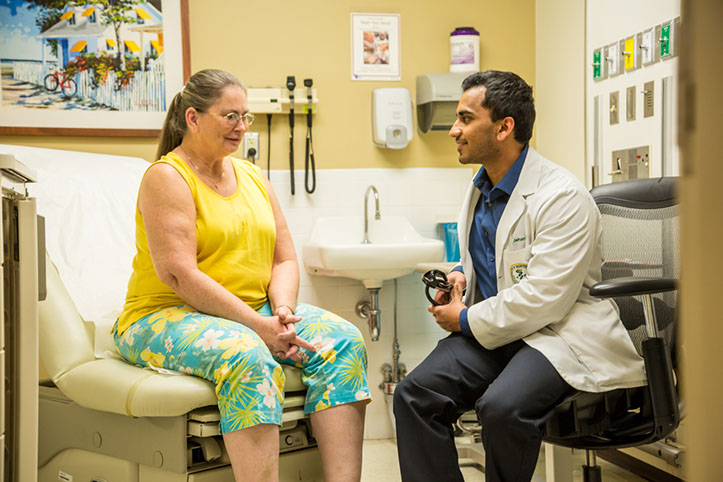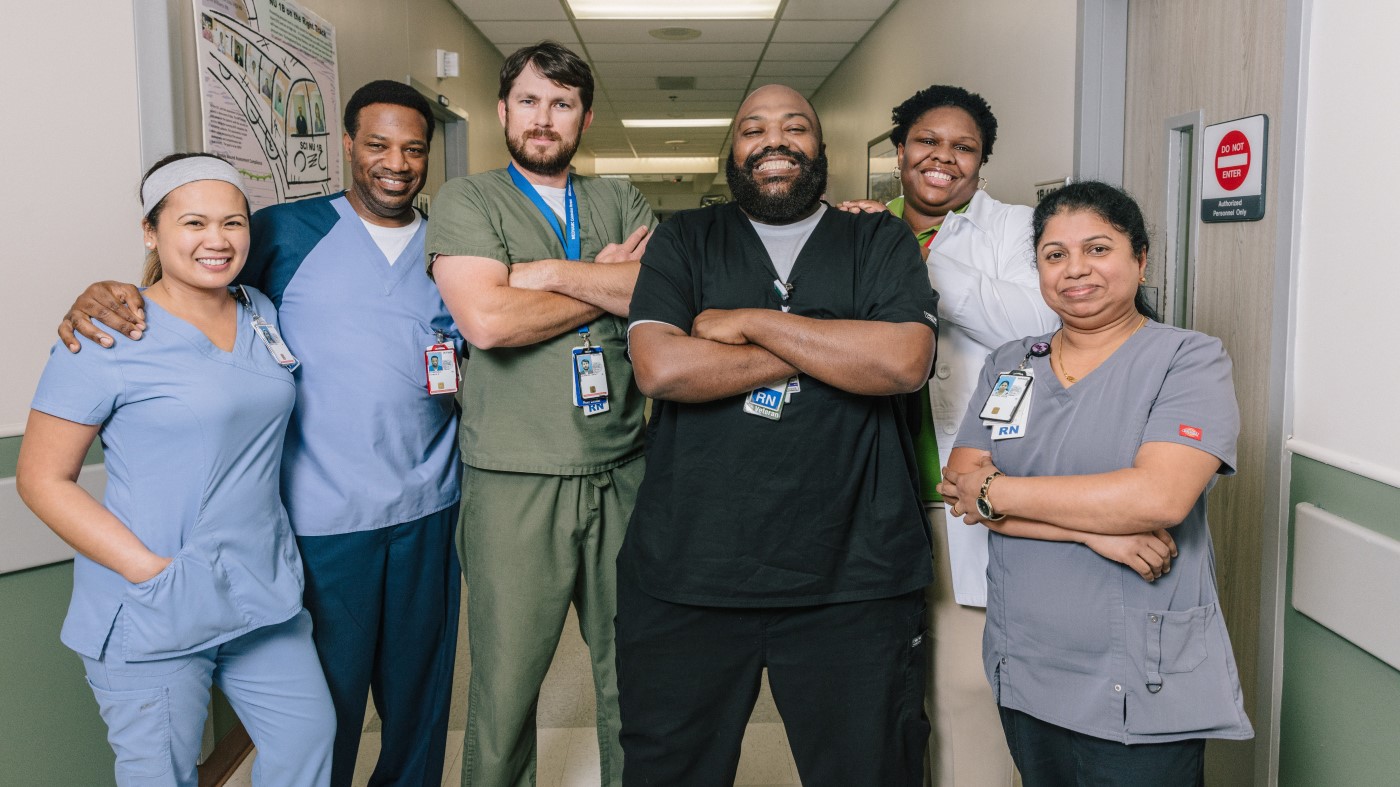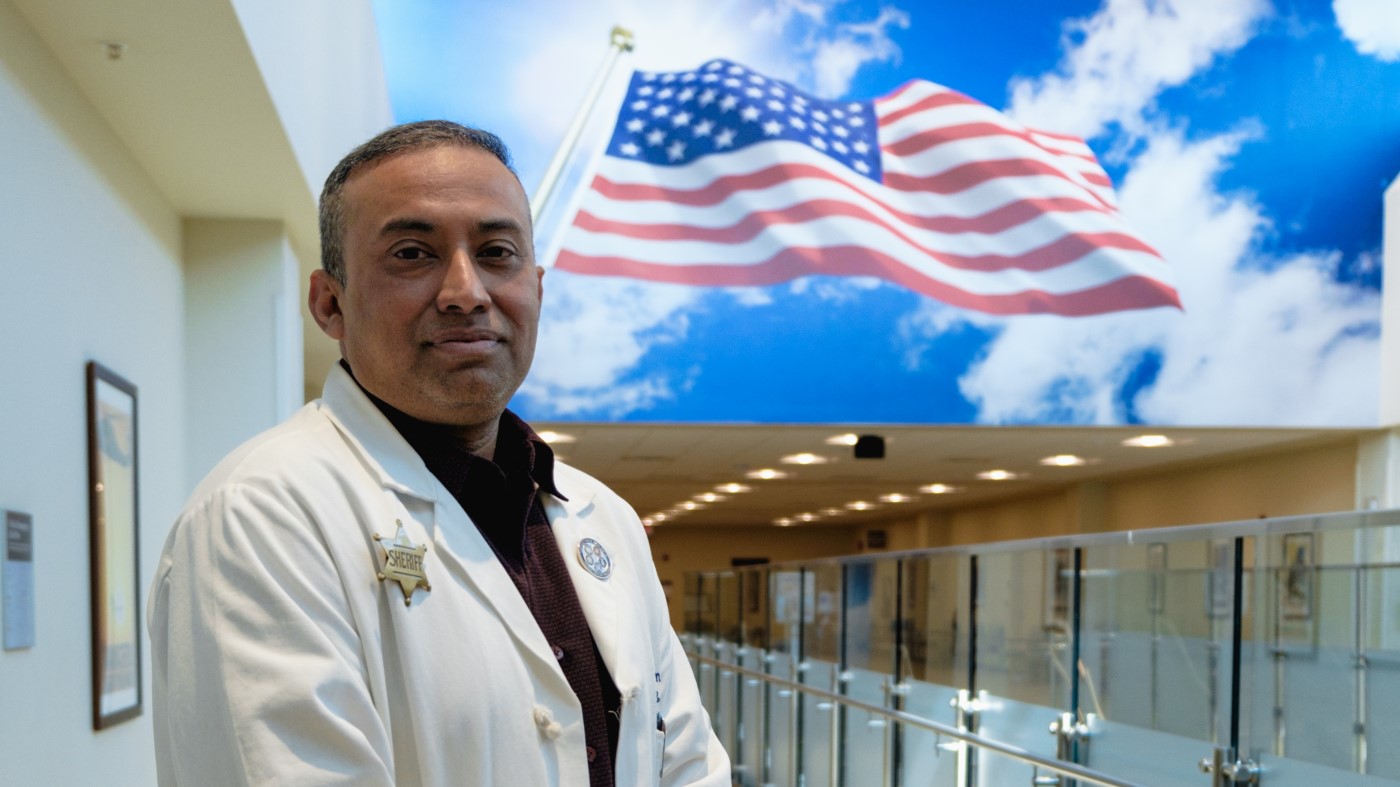The VA health care model is to deliver proactive, personalized, patient-driven health care to our Veterans. The first base to providing this service is patient safety and our ability to anticipate, identify and implement life-saving remedies, whether it is in the field of bioengineering or microbiology.
A recent article in The New York Times noted that in comparison to other hospital systems, VA is making great strides in reducing one of the most significant causes of health care-associated bacteria (HAIs), which pose a major risk to patient safety, and hospital systems across the country are striving to prevent them.
As far back as 2007, VA recognized that the rise of antibiotic-resistant bacteria was endangering the health of Veterans. VA initiated a multi-phase program to decrease health care-associated MRSA infection rates in our system. We outlined infection prevention measures and control interventions at each acute and long-term care facility. MRSA prevention coordinators, front line nursing staff, infection prevention and control professionals, hospital epidemiologists, and laboratory personnel continued and maintained these antibiotic-resistant bacteria measures. As a team, these dedicated employees who epitomize the “best and brightest” slogan, achieved a culture transformation within VA where infection prevention and control became the norm in their daily performance of duties.
The results were impressively in the favor of our Veterans: Within five years, health-care associated MRSA infections declined 69 percent in VA acute care facilities with 81 percent in Spinal Cord Injury units, and 36 percent in Community Living Centers.
Today, the MRSA prevention initiative continues and has been expanded to focus on other multiple drug-resistant organisms, or MDROs, that threaten our Veterans. Two of the most urgent drug-resistant threats facing all Americans are Clostridium difficile and carbapenem-resistant Enterobacteriaceae, or CRE. MRSA prevention coordinators, renamed MDRO prevention coordinators, will be integral in disseminating and translating these initiatives at VA medical centers.
There is only one thing that is needed to make these health care-infection prevention programs even more successful and that is you—the health care provider. You could play an important role in VA’s effort to protect our own patients from these dangerous infections while leading the health care industry in the fight to protect all Americans.
To learn more about a career as a health care provider at VA, visit VAcareers.va.gov.
Topics in this story
More Stories
Through programs like the Employee Incentive Scholarship Program (EISP), VA employees like Dr. Kenyuatia L. Gash have received financial support in pursuit of their education.
Providing better outcomes for diverse Veterans means finding ways to reach them, whether on a personal level or on a geographic level.
As a chief of staff, you’ll have many important responsibilities, but also an opportunity to make positive change for our team and the Veterans we serve.







I thank the VA for all they do to protect the health of the members at their Veterans home facilities. I have seen them in action as my father lives at the Yountville CA facility. I truly believe he would not be alive today if he was living at a Assisted Care Facility for low income patients outside of the VA system.
Does this have to do with the Nam Era ? Is it Dermo related ?
The Agent Orange Line is so “Long I’ve gone back three times and Still The Line is To Long”. Why can’t they take us older People First that served in Nam 1968 when they sprayed and killed all the Ground Cover standing next to us ?
Thank You for reading this.